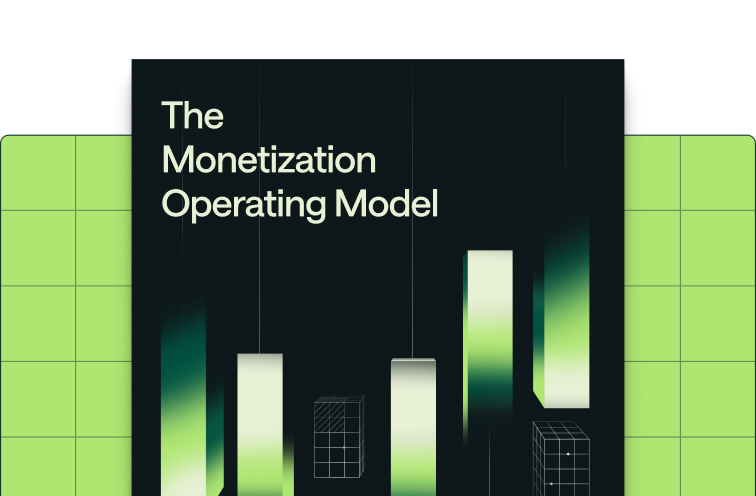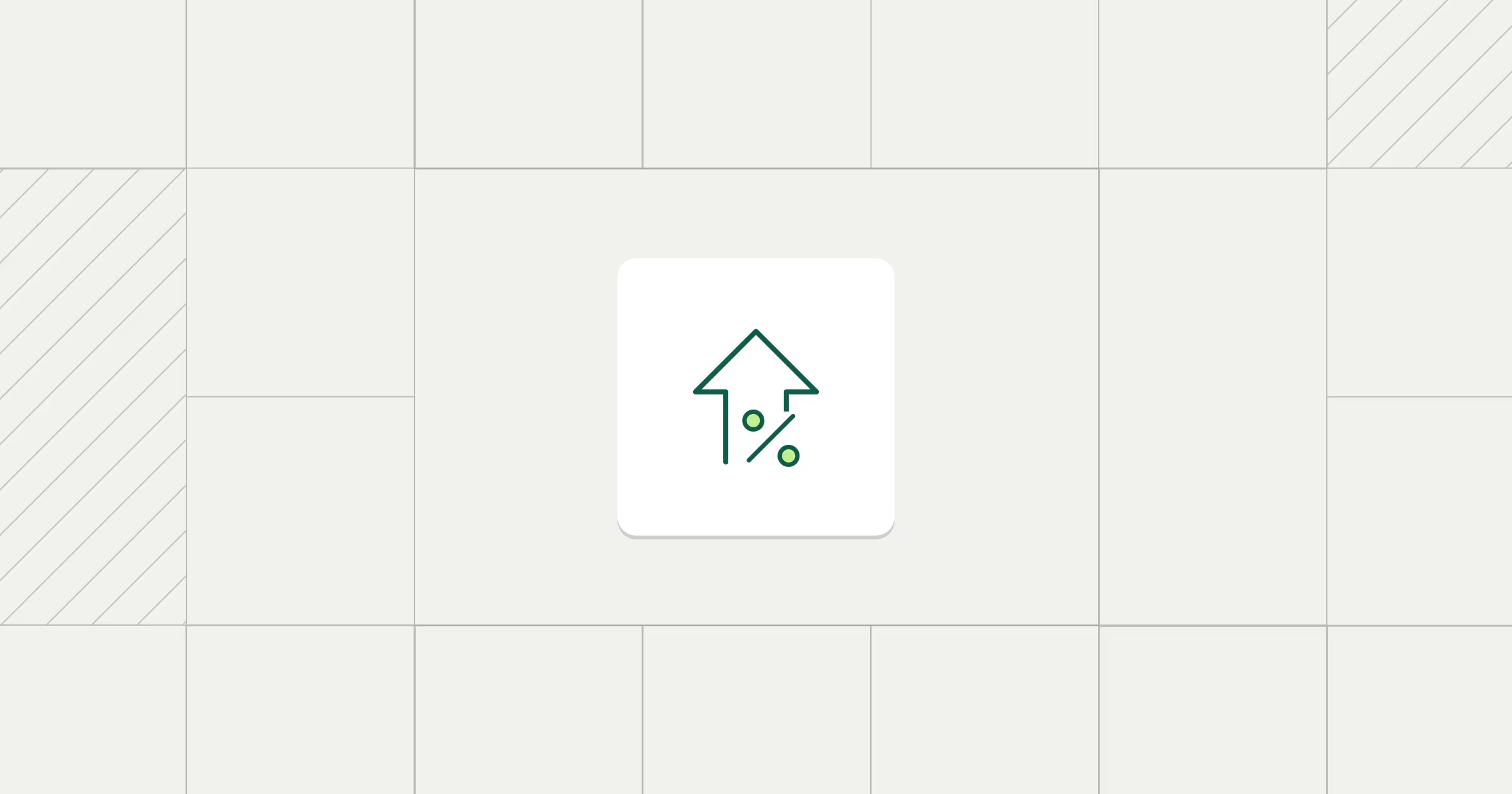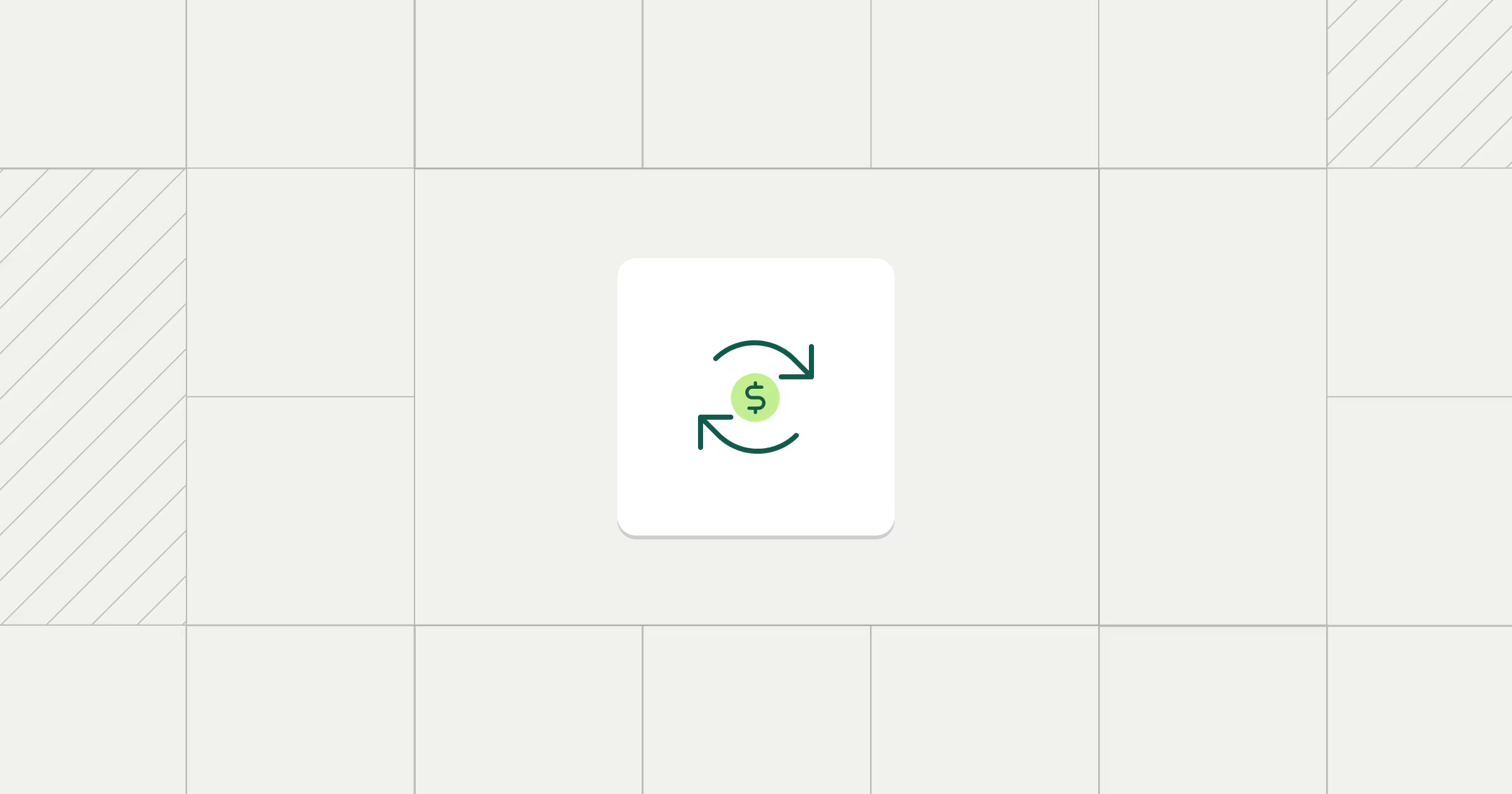Share
If you’re looking to unite teams across organizational lines and build trust in your product with end users, this blog will help you scope how billing data can move from a tactical output to a strategic advantage. We’ll lay out some of the critical ways you can activate billing data, driving value for customers and internal teams by democratizing access to real-time consumption metrics.
A deluge of data (and stakeholders)
Operating a usage-based pricing model can bring benefits and challenges in equal measure. Understanding and actioning all of the data that represents your customers’ utilization definitely falls in both buckets. It can be a daunting task. That said, it is critical for building trust with both customers and internal stakeholders with varying needs. This includes more than just making data available. It is vital to have efficiently accessible, easy-to-understand methods for displaying and contextualizing usage data to an audience of both end-users and internal teams.
Defining your data display use-cases
Broadly speaking, there are two main categories of displaying usage data defined by audience: internal and external.
External audience: translating consumption data to your end user. When building customer-facing dashboards with this data, product teams need to understand their end users' needs. While this can vary by user persona or industry, the most diverse needs often arise from customer and commit size:
- Smaller customers typically want to see some basic facts about their usage to answer questions for finance and planning purposes. These include questions like – what types of products am I using? what (if any) is my credit balance? and what is my expected bill at the end of the month? – that otherwise clog support or account team queues, disrupting a streamlined product-led growth experience.
- Larger customers may want something more involved that helps them answer questions about cost optimization, margin, or resource allocation. This includes questions like: which sub-org is consuming the most?, where are my orgs needs growing over time?, and should I consider negotiating a rollover of some of the existing commitment I have already paid for?
Handled well, answering these questions through your core product experience with real time data builds trusted customer relationships and can align customer with go-to-market team incentives and experiences.
Internal audience: displaying your customer’s consumption data accurately and performantly is the definition of a cross-functional undertaking. There are radically diverse needs by stakeholder group:
- Product teams want customers to have a sleek, performant dashboard for end users to make critical decisions about their usage.
- Sales and customer success teams typically want similar views into their customer’s usage so they can advise them on long-term adoption and optimization.
- Business stakeholders want to be able to use data in their reconciliation processes between systems.
- Executives want to be able to easily see high level revenue data over time to drive strategic decision making.
The most successful organizations typically view data as a resource, creating an operational data layer that can be accessed independently through need-specific data marts over time. We find a crawl-walk-run approach to driving action from consumption data to work best for customers looking to make data a strategic project for the first time. Starting with the most pressing stakeholder use cases can help teams plot a launch that will drive fast time-to-value and rapid feedback cycles:
- Adding on a Sales-led motion to your PLG-business? Sales and Customer Success will want to see what their customers see to ensure they’re aligned at every step.
- Launching a new product or package? Product Managers benefit directly from knowledge about which customer segments grow by SKU or package over time and unifying consumption data with classic product analytics.
- Gearing up for a company strategy and annual planning sprint? Finance and Strategic planning organizations will want to roll up individual customer data to get a more holistic view of the organization: Is there a specific set of contract terms that seem to resonate with customers and increase product adoption? How successful is our PayGo to Enterprise upsell motion?
Customer-facing dashboards: granularity and performance
The nature of usage-based products means customers can directly marry product usage and value, spending more on the former as the latter grows. To ensure this virtuous cycle exists for your product, customers need access to reliable, real-time views on consumption to align cost and benefit.
For example, a customer may be using your data observability product with three different cloud providers in dozens of different regions. That customer is likely to want to monitor where most of their usage is happening and where they may need to allocate more resources as their business expands. They may also want some insight into when they should negotiate a new usage commitment towards your product and how to right size their next commitment upon the renewal of their contract.
Given this customer need for granular, actionable breakdowns of their usage data, the underlying data set needs to support a complex scope of queries, including for potentially large cardinalities of products, regions, sub-organizations. This leaves data engineering and product teams debating the question, how do we display highly granular, real-time customer usage information in a performant way to show customers where their spend is going?
A silver bullet would be high-performance APIs that draw upon real-time usage and pricing data from a database that you don’t have to manage. The challenge is inherently one of focus and tradeoffs, not value. Investing the time and engineering hours to build out these APIs and make them performant enough to meet your customer’s needs is an immensely challenging task at best and inherently pulls headcount from projects related to your product’s differentiated value.
Internal reporting: volume and synthesis
As discussed previously, the unique use cases arising from internal stakeholders all boil down to deriving high level insights from a complex data set. BI or systems teams need a way to amalgamate significant amounts of uniquely metered usage to look for trends, spikes or dips in usage, or opportunities. The key here is synthesizing massive amounts of data into easily digestible formats.
At the internal reporting level, up-to-the-minute revenue data is less vital than doing analysis over longer time horizons such that non-technical teams can validate or reject a strategic-level hypothesis. Easily segmenting high-level customer and product data and federating it to team-specific systems of record easily becomes more important than real-timeness in this context. For example: instead of breaking down usage by product at the customer level, a business intelligence team may need to look at aggregate usage patterns of different types of customers by product line. This is a subtle but profound shift that can decrease the granularity of the data we are looking at by 100x while increasing the volume by several orders of magnitude.
Exporting the metered usage data set to a data warehouse is often Step 1 of giving internal teams the power to derive these kinds of insights downstream, using a business intelligence tool like Hex, Looker, Tableau, Omni, or Mode. The best BI tool in the world can’t overcome a lack of clean, reliable, and regularly exported data.
The case for a partner
Unlike traditional billing vendors, Metronome is built from the ground up to power world-class billing experiences that build trust with customer teams and internal stakeholders. Usage-based pricing shifts the entire company to focus on product usage and adoption and Metronome’s powerful data platform empowers your team to do exactly that without sacrificing the long-term flexibility and contract customizability you need to run a business from Day 1 to Day N.
Want to turn your billing data into a critical resource for your business? Set time with our team here.












